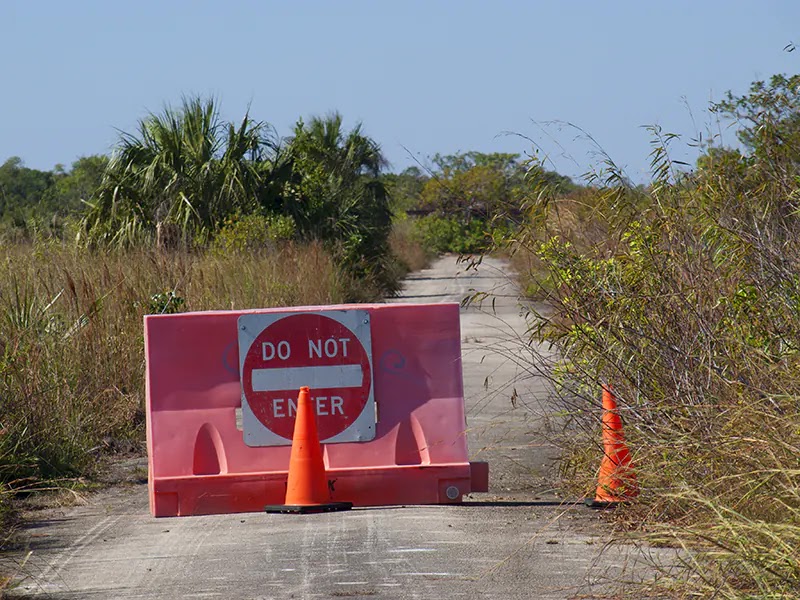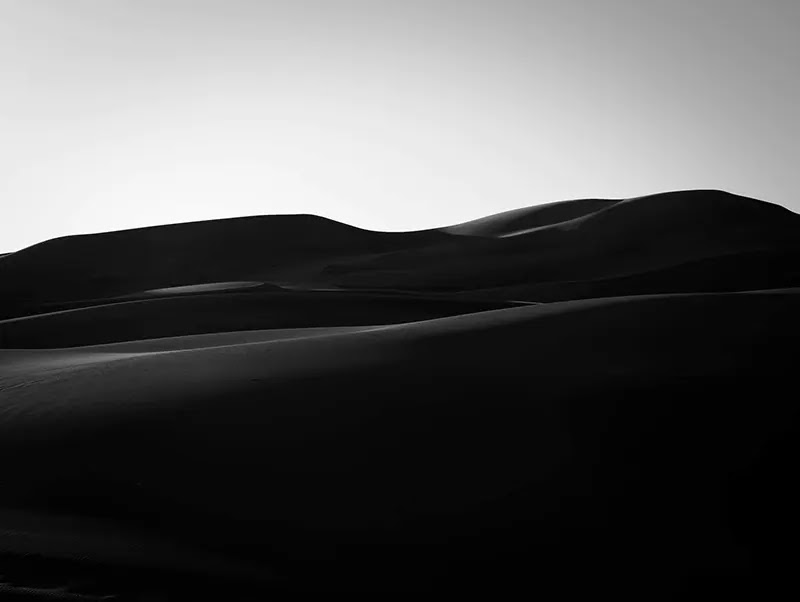Our campfires in photos and some notes on wood and tinder

|
| Ready for a night of tales around the fire - License our images here. |
This post is hot. Sure, it's about campfires. Campfires are a simple thing, but we've different log patterns to choose from depending on needs.
- For easy lighting: Lay the wood in the shape of a tipi. Put the fire starter - tinder and kindling - at the center. The conical arrange of the logs provides some cover from the wind. When the fire grows, the heat goes upwards, and the flames grow high - depending on the amount of wood. Caveat: These fires burn fast.
- For a lasting fire: Two options: The "log cabin" arrangement or the one called "platform", "upside down", or "pyramid".
- For the first one, create a square-shaped structure alternating layers of logs - it will look like the walls of a log cabin. Put tinder and kindling in the middle. Fire it up.
- The "upside down" arrangement needs more logs, but the fire requires less attention. The logs are laid closer in multiple layers or "platforms". The structure will look like a cube or a pyramid if using shorter logs for the top level. Tinder and kindling will be added on the top layer, so the fire will burn its way down with each layer falling over the other igniting and feeding the fire. The fire will feed by itself and also creates great charcoal for cooking.
- Using big logs: The American Indians often used this method to make long fires with little effort. Lay big logs forming the shape of a star - each log joins at the center. Add tinder and kindling on that spot. Fire the thing up. To add more fuel to the flames, just push each log towards the center. Simple.
- For the windy day: The "lean-to" method helps with the wind. Lay the biggest log perpendicular to the incoming wind - like a wall. Shorter logs will rest on it, all pointed into the wind direction. Tinder and kindling go under the inclined logs and protected from the wind by the big log. A natural depression or digging a trench will add more cover.
Now some notes about firewood.
- Rotten wood is flammable but burns fast and have less energy output.
- If logs are too close, the fire may not get enough air. Rising the logs from the ground will allow the air to flow from the bottom.
- If logs are too far apart, they may not ignite each other.
- No firewood? Dried dung of buffalo or cows works well. Trappers and pioneers used bois de vache or "chips" in the West and Canada. Some even preferred it to firewood.
- Manufactured fire logs are great. The easy to light mix of sawdust and paraffin have been around since the 1960s. They don't need fire starters, have better energy output than wood, and generate less fumes - we have used the brand Duraflame and sometimes mix these fire logs with wood. A package last between two and four hours. Note that all are not designed for cooking. Read the label. The previous link is affiliate.
There are many options for tinder.
- Bits and shaves of dry wood.
- Dry grass and leaves.
- Bark of trees.
- Paper and cardboard.
- Lint from dryers.
- Cotton balls soaked with petroleum jelly -Vaseline.
- On the commercial side, there is Fire Paste - read how it works in the affiliate link to Amazon.
Now some photos of our campfires.







Comments
Post a Comment